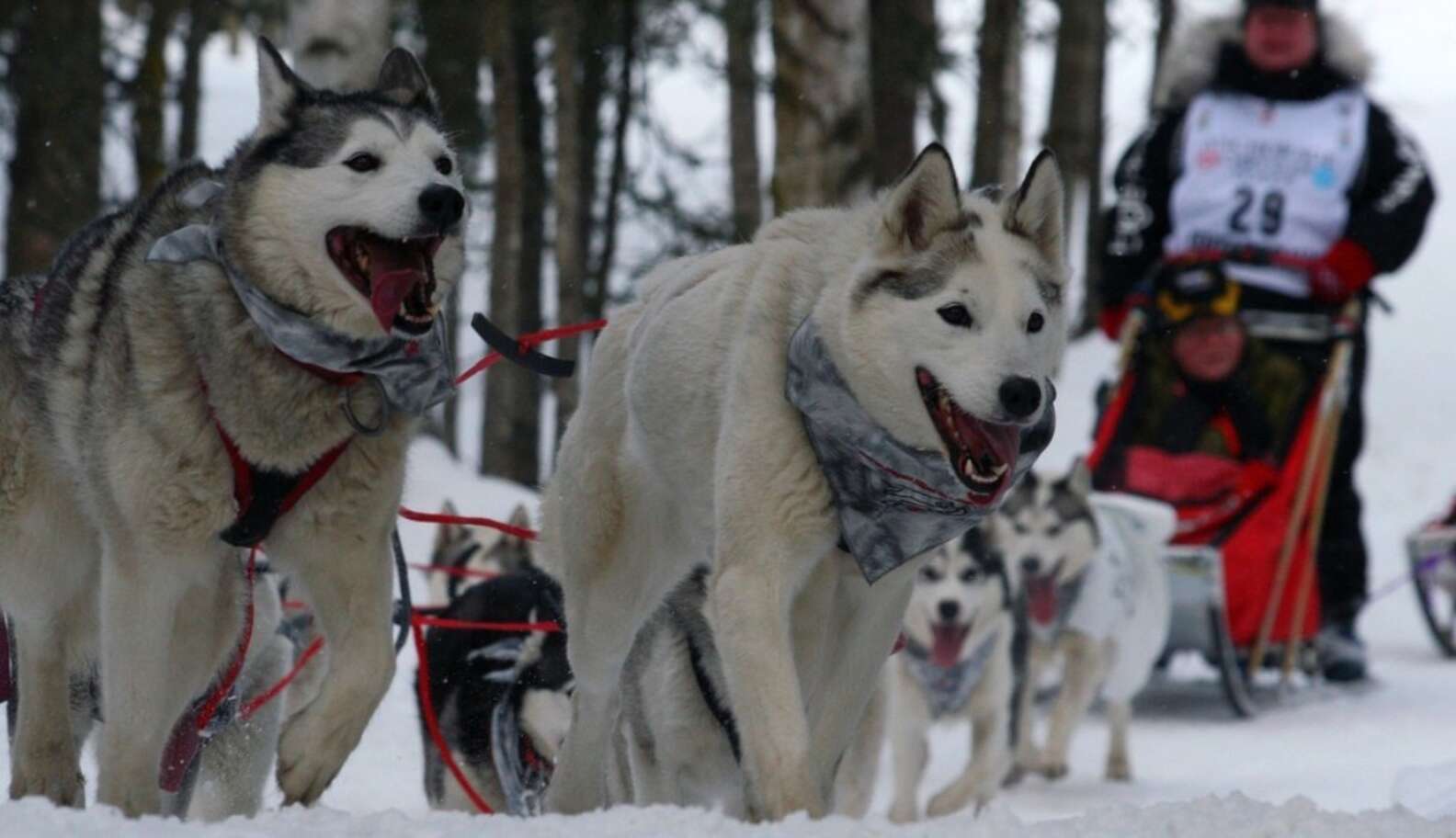In the frosty embrace of winter, when the world turns into a glistening expanse of white, dog sledding emerges as a captivating spectacle. The image conjured up is that of muscular sled dogs, their breath visible in the cold air, racing across the wintry terrain with an almost poetic grace. Yet beneath this enchanting veneer lies a contentious question: is dog sledding a legitimate sport that celebrates the synergy between human and canine, or is it a form of animal exploitation that prioritizes entertainment over welfare? This inquiry invites us to explore the reality of dog sledding, encompassing its historical significance, the ethical implications rooted in its practice, and the dichotomy of sport versus exploitation.
Historically, dog sledding is woven into the tapestry of indigenous cultures and survival. Communities in the Arctic regions relied on these remarkable animals for transportation and assistance in hunting, demonstrating an intimate bond built on mutual dependence. This is where the allure of dog sledding as a sport finds its origins: a celebration of agility, strength, and endurance, showcasing the intrinsic capabilities of both dogs and humans. Yet, this historical narrative is not without its complexities. The transformation from a practical necessity to a competitive spectacle has raised crucial questions about the evolution of this relationship.
As dog sledding races proliferated, the competitive nature gained traction, drawing spectators and participants alike into its exhilarating realm. The Iditarod Trail Sled Dog Race, perhaps the most well-known, epitomizes the duality of this adventure. On one hand, it is an exhilarating journey through breathtaking landscapes; on the other, it encapsulates concerns over the treatment and welfare of the dogs. As the thrumming heartbeat of excitement pulses through the sledding community, the ethical implications often linger in the shadows, whispering cautionary tales about the limits of endurance.
Critics argue that the rigors of racing impose undue stress on the dogs. The long distances, extreme temperatures, and competitive pressures can result in physical and psychological distress. Just as athletes endure grueling training regimens, these dogs are often pushed beyond their natural limits. The specter of exhaustion and injury, even death in some tragic cases, casts a pall over the sport’s glamor. The perception of the sled dog as a willing participant in this venture is counterbalanced by the stark reality of their exploitation for human entertainment.
Moreover, the breeding practices associated with dog sledding merit scrutiny. Selective breeding for speed and stamina has led to a focus on certain physical traits at the expense of overall health and temperament. This prioritization can lead to a host of genetic disorders that hinder quality of life for many sled dogs. The celebration of athletic prowess can sometimes overshadow the need for responsible breeding practices that prioritize the well-being of these vivacious canines.
Another dimension of this debate involves examining the financial motivations that underpin the industry. Dog sledding races often draw sponsorship and funding, adding layers of commercialism to a practice so rooted in tradition. The intersection of capitalism and sport raises moral questions: does the pursuit of profit dilute the values of companionship and respect for animal welfare? When sledding transforms into a lucrative enterprise, do the dogs become mere assets rather than valued members of a team?
Yet, not all practitioners of dog sledding fall into this exploitative framework. Many mushers demonstrate a profound commitment to their dogs, prioritizing their health and happiness. These individuals often speak of their sled dogs as family members, nurturing them with care and affection. Some even advocate for responsible sledding practices, emphasizing the importance of training, nutrition, and adequate rest for the dogs. They seek to bridge the gap between tradition and ethical responsibility, striving to reshape the narrative surrounding dog sledding.
As we navigate the waters of these competing narratives, it becomes essential to consider the role of education and awareness. It is imperative for both mushers and spectators to develop an informed understanding of canine welfare. By fostering a culture that values the dignity of all sentient beings, there exists the potential for a more compassionate approach to dog sledding that embraces the beauty of the sport while remaining vigilant against exploitation.
Perhaps the most significant aspect of this discourse is recognizing that dog sledding, stripped of its grandeur, is fundamentally an exploration of the human-animal relationship. It serves as a poignant reminder of our responsibility towards our companions, urging us to reflect on the intricate balance between sport and exploitation. In its most authentic form, sledding should embody the harmonious interplay of respect, care, and companionship.
Ultimately, the question of whether dog sledding is a sport or a form of animal exploitation does not yield an easy answer. It resides at the intersection of tradition, ethics, and personal agency. For every exhilarating race that captivates the beholder, there lie the potential hazards and ethical dilemmas that warrant our scrutiny. By fostering a dialogue that champions the welfare of these remarkable dogs, we can endeavor to innovate a landscape where sport and respect coexist, creating a legacy that honors both the thrill of the chase and the sanctity of life.








